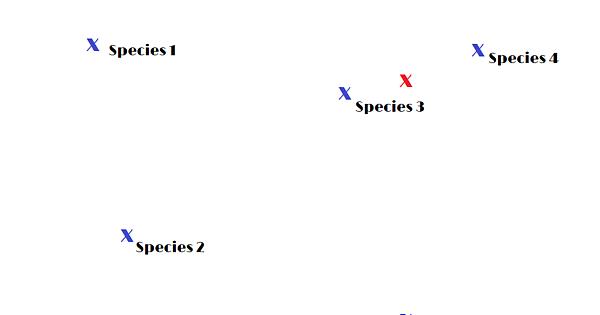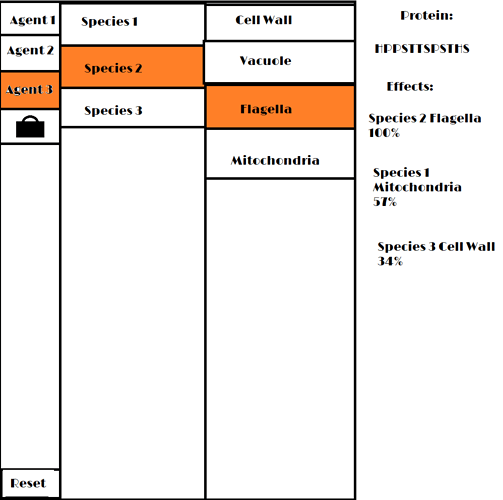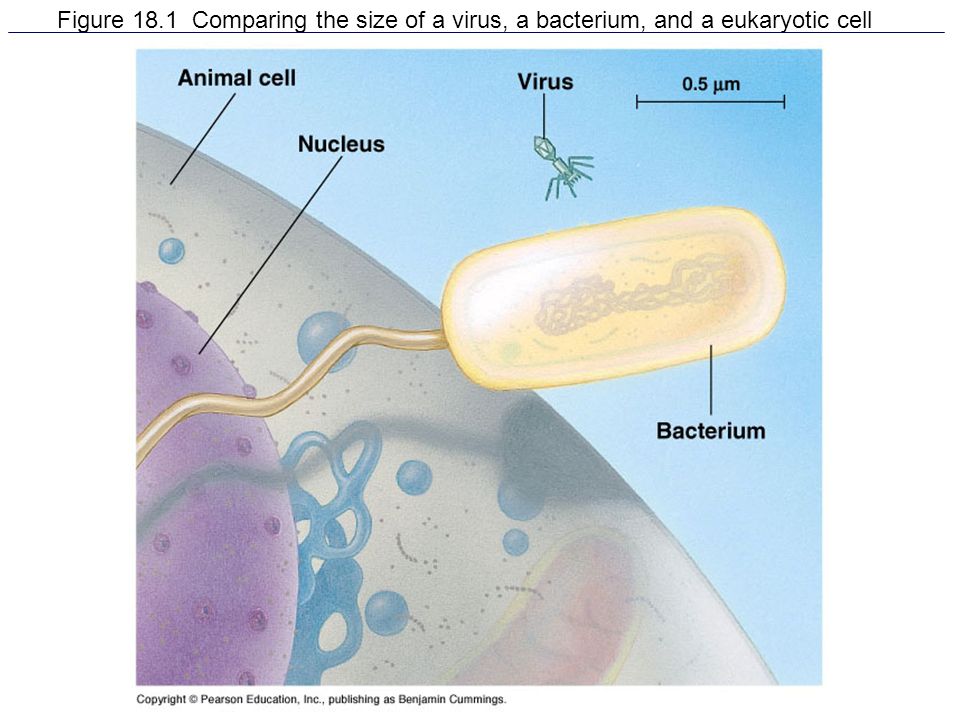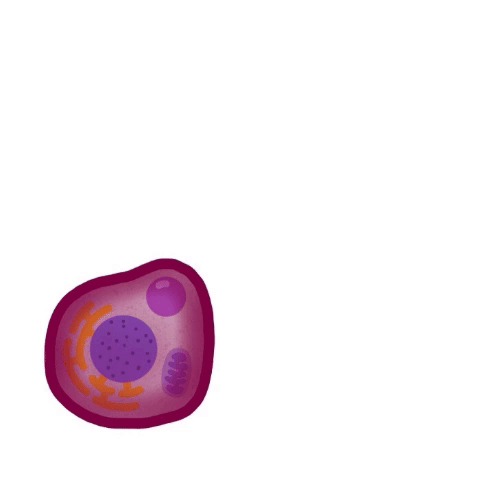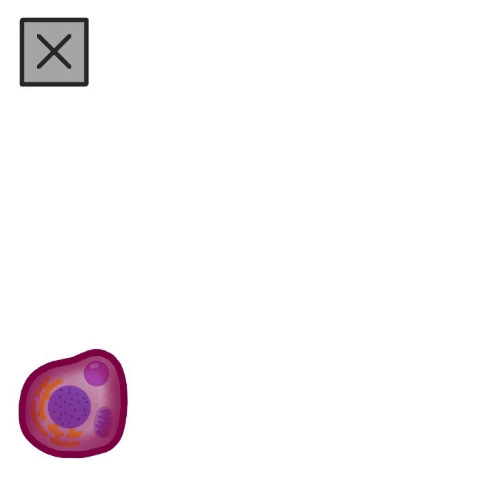Each organelle has a lock, in this case 9 digits long. The first 6 digits are the same between all species (so every mitochondria in all species has the same first 6 digits) and then the last 3 are customized by the species.
Here is a readout of the effectiveness of a random agent (key) and an agent which has been specifically tailored to attack species 0 mitochondrion. As you can see the random agent doesn’t have much effect on anything. The tailored agent is 100% against it’s target, reasonably good against the mitochondria of other species and not much use against other stuff.
how much should an agent aimed at a mitochondrion of species 0 effect the mitochondrion of species 1? How much should an agent aimed at a mitochondrion effect a chloroplast?
Code Output
Basic Agent Simulator
Picking a Random Agent
My agent has code:
[0.6588051443708589, 0.8336697452742982, 0.37737886318665415, 0.9657502448263748, 0.6793901307535771, 0.4191261415580064, 0.5972539823703953, 0.9343545271389039, 0.2671055965430258]
and will have effect
Species: 0 , organelle: m , strength: 14 %
Species: 3 , organelle: m , strength: 14 %
Species: 1 , organelle: m , strength: 11 %
Species: 2 , organelle: m , strength: 10 %
Species: 0 , organelle: y , strength: 10 %
Species: 4 , organelle: y , strength: 10 %
Species: 3 , organelle: y , strength: 10 %
Species: 4 , organelle: f , strength: 10 %
Species: 2 , organelle: v , strength: 9 %
Species: 1 , organelle: f , strength: 9 %
Species: 1 , organelle: y , strength: 8 %
Species: 1 , organelle: v , strength: 8 %
Species: 3 , organelle: f , strength: 8 %
Species: 4 , organelle: v , strength: 8 %
Species: 2 , organelle: c , strength: 7 %
Species: 2 , organelle: y , strength: 6 %
Species: 4 , organelle: m , strength: 6 %
Species: 2 , organelle: f , strength: 5 %
Species: 0 , organelle: c , strength: 5 %
Species: 0 , organelle: f , strength: 4 %
Species: 0 , organelle: v , strength: 4 %
Species: 3 , organelle: v , strength: 4 %
Species: 1 , organelle: n , strength: 4 %
Species: 4 , organelle: c , strength: 3 %
Species: 1 , organelle: c , strength: 3 %
Species: 3 , organelle: c , strength: 2 %
Species: 2 , organelle: n , strength: 2 %
Species: 4 , organelle: n , strength: 2 %
Species: 3 , organelle: n , strength: 2 %
Species: 0 , organelle: n , strength: 1 %
Targeting species 0 mitochondrion
My agent has code:
[0, 1, 0, 1, 0, 0, 0.7293874831919958, 0.5984416999416611, 0.3679633868455632]
and will have effect
Species: 0 , organelle: m , strength: 100 %
Species: 2 , organelle: m , strength: 84 %
Species: 3 , organelle: m , strength: 78 %
Species: 1 , organelle: m , strength: 72 %
Species: 4 , organelle: m , strength: 57 %
Species: 0 , organelle: y , strength: 25 %
Species: 2 , organelle: c , strength: 22 %
Species: 2 , organelle: v , strength: 22 %
Species: 1 , organelle: v , strength: 21 %
Species: 0 , organelle: c , strength: 20 %
Species: 1 , organelle: y , strength: 18 %
Species: 4 , organelle: y , strength: 18 %
Species: 0 , organelle: v , strength: 17 %
Species: 4 , organelle: v , strength: 16 %
Species: 4 , organelle: c , strength: 15 %
Species: 3 , organelle: y , strength: 14 %
Species: 3 , organelle: c , strength: 14 %
Species: 2 , organelle: y , strength: 13 %
Species: 3 , organelle: v , strength: 13 %
Species: 1 , organelle: c , strength: 10 %
Species: 3 , organelle: f , strength: 8 %
Species: 1 , organelle: f , strength: 8 %
Species: 4 , organelle: f , strength: 6 %
Species: 2 , organelle: f , strength: 5 %
Species: 0 , organelle: f , strength: 5 %
Species: 1 , organelle: n , strength: 0 %
Species: 2 , organelle: n , strength: 0 %
Species: 4 , organelle: n , strength: 0 %
Species: 3 , organelle: n , strength: 0 %
Species: 0 , organelle: n , strength: 0 %
